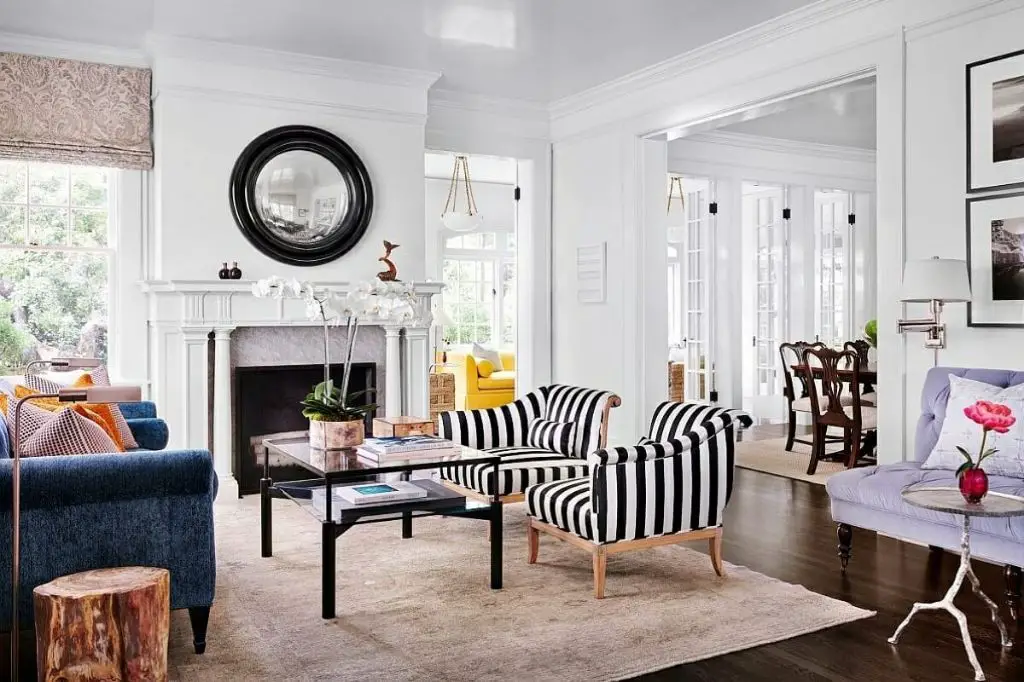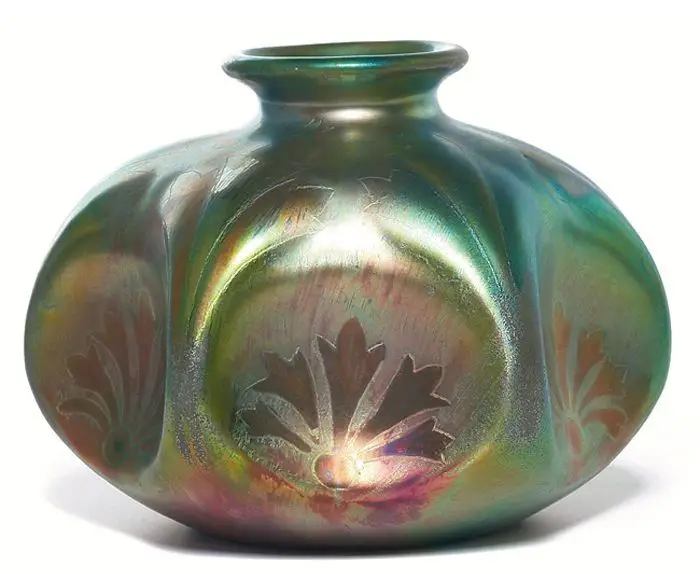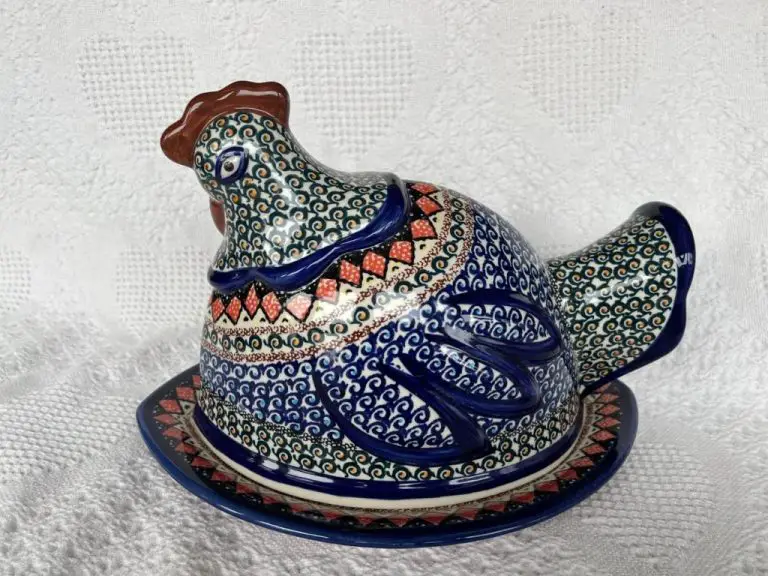Should Accent Chairs Be Same Color As Sofa?
The question of whether accent chairs should match the sofa is one many homeowners face when designing their living room. The choice comes down to personal style preferences and the size and layout of the space. While matching accent chairs creates a cohesive look, contrasting chairs can add visual interest and dimension. The optimal decision depends on your goals for the room’s aesthetic and functionality.
The thesis is that whether accent chairs should match the sofa depends on your style goals and the size of the space. In formal living rooms, matching chairs help strengthen the uniform appearance. But for eclectic styles, unique accent chairs can complement the sofa while adding pops of color. Small spaces benefit from matching chairs to avoid looking too busy. Larger rooms can accommodate more variety.
By understanding the benefits of both approaches, homeowners can make an informed decision on coordinating or contrasting their accent chairs with sofas.
Pros of Matching Accent Chairs
One major benefit of choosing accent chairs that match your sofa is that it creates a unified, cohesive look throughout the living room. Having all the furniture in the same color, fabric, and style gives the space a seamless, pulled-together aesthetic.
Matching accent chairs prevents the room from looking too busy or haphazard. The similar chairs will complement each other and the sofa, giving the arrangement an intentional, designer feel. This provides visual harmony and makes the seating area feel like one cohesive furniture set.
Additionally, matching accent chairs simplify the decorating process. Finding two chairs that pair nicely with your existing sofa is much easier than hunting down two chairs that work well together and with the sofa. Matching chairs takes the guesswork out of accent seating.
You can read more about the benefits of paired accent chairs in this article from Room for Tuesday: https://roomfortuesday.com/sofa-and-accent-chair-pairings/
Cons of Matching Accent Chairs
While matching accent chairs to your sofa can create a cohesive look, it does have some potential downsides. One of the main cons is that matching accent chairs can start to look monotonous or boring if overdone. As Emily Henderson notes, “When every single chair and sofa and ottoman in a space is matching, it can read very boring and hotel-like” (source). An interior with too many matching furniture pieces loses visual interest and character.
Additionally, matching accent chairs to your sofa limits your design options and flexibility. You may fall in love with an accent chair that complements your sofa nicely but doesn’t exactly match. Forcing yourself to only choose a matching chair eliminates unique finds that could add personality to your space. It’s generally better to aim for cohesion through color palette rather than exact matching furniture pieces.
Overall, being too matchy-matchy with accent chairs and sofas can make a room feel static. The key is creating balance between coordination and contrast. Matching accent chairs certainly have their place, but should be used thoughtfully and in moderation.
When to Use Matching Accent Chairs
You may want to use matching accent chairs in your living room or seating area in the following cases:

Small Spaces: Matching chairs can help make a small space look cohesive and pulled together. Having all the chairs in the same color, fabric, and style creates continuity in a small area. As interior designer Mari Killam notes, “Matching accent chairs in a small space makes the room feel deliberate and designed” (source). The repetition of matching chairs makes a small space feel unified.
Minimalist Style: If you have a minimalist decor style, opting for matching accent chairs can complement the clean lines and lack of clutter. Minimalism focuses on quality over quantity, so matching chairs in the same high-quality fabric or leather can enhance the refined style. Matching chairs “help anchor the seating area and prevent the space from feeling too visually chaotic,” says Ambient Furniture (source).
When to Use Contrasting Accent Chairs
Using contrasting accent chairs can be an excellent choice for large living spaces or rooms with an eclectic decor style. The key is to ensure there is enough room for the accent chairs to stand out as statement pieces without clashing with the existing furniture.
In a spacious living room, choosing two accent chairs in different colors or materials from the main sofa creates visual interest and divides up the large area. Positioning the accent chairs around a coffee table, facing each other or angled towards the sofa helps delineate separate spaces within the open room. This allows for intimate conversation areas without interrupting the flow of the space.
For an eclectic style that mixes modern, vintage and antique pieces, using contrasting accent chairs in unique shapes, colors and fabrics will enhance the diverse look. Complementary accent chairs like a bold graphic print and classic leather wingback create an eclectic pairing. Tying the look together with other decorative accents like pillows and throws creates a curated feel rather than haphazard.
In both cases, ensure the accent chairs coordinate through shape, time period or color palette to maintain cohesiveness. The key is balance – the accent chairs stand out, but don’t overtly clash and remain tied to the overall room scheme.
Tips for Mixing and Matching
When combining accent chairs with a sofa, it’s important to create a cohesive look while still allowing each piece to stand out. Here are some tips for effortlessly mixing and matching:
Repeat some colors from the sofa onto the accent chairs. This helps create a unified palette. For example, if your sofa is navy blue, choose accent chairs with navy blue pillows. According to this source, repeating colors is an easy way to make the furniture feel cohesive.
Vary textures and patterns between the sofa and chairs. Contrasting woven chairs with a velvet sofa brings visual interest. Mixing smooth and coarse fabrics also adds depth to the space.
Incorporate accent chairs that complement but don’t necessarily match the sofa. The goal is to make the pieces feel cohesive but not like a suite. Complementary accent chairs have subtle connections to the sofa.
Use color, shape, or material to create unity. For instance, wooden framed chairs work well with a leather sofa. Round chairs offset a linear sofa. Blush chairs pop against a neutral sofa.
Layer rugs, pillows, and throws to tie the furniture together. Repeating secondary fabrics on both the sofa and chairs makes the arrangement feel collected over time.
Accent Chair Styles
There are several common accent chair styles that can complement or contrast with your sofa. Some popular options include:
Armchair
The armchair is a classic accent chair style with armrests and a high back. Armchairs come in many varieties, including tub chairs and rolled-arm chairs. They provide comfortable seating and support. Armchairs work well for adding flair beside a sofa or as standalone statement pieces.
Slipper Chair
Slipper chairs are compact armless accent chairs with low backs and no armrests. Their petite size makes them perfect for squeezing into small spaces. Slipper chairs are often used in pairs to flank furniture. Their minimalist style lends a lighter, airier feel compared to bulkier armchairs. Popular slipper chair frames include Parsons, shield back, and camelback silhouettes.
Wingback Chair
The wingback chair is distinguished by its iconic “wings” – tall, vertical backrest extensions on each side. Wingback chairs have a classic, traditional vibe perfect for formal living rooms. Their enclosed wings provide privacy and a cozy, enveloping seat. Wingback chairs range from ornate vintage styles to sleek modern interpretations.
Accent Chair Fabrics
The fabric choice for accent chairs can really make or break the design of a room. While patterned fabrics add visual interest, it’s important to consider the practical properties of upholstery fabrics as well.
Leather is one of the most popular accent chair fabric options. According to https://www.bhg.com/decorating/lessons/basics/guide-to-upholstery-fabrics/, leather has a luxurious look and feel. It is very durable and easy to clean, making it a practical choice for high-traffic areas. The downside is that leather can be expensive and not as comfortable or breathable as fabrics.
Velvet is another top choice cited by https://yorkshirefabricshop.com/post/what-fabric-is-the-most-comfortable-for-a-living-room-chair. It has a plush, elegant look that defines the chair’s shape. Velvet comes in many colors and works well in formal spaces. It can crush and wrinkle over time, so it’s best for accent chairs that won’t get heavy daily use.
Linen is a natural fiber fabric praised for its casual, relaxed vibe according to https://www.pinterest.com/mhuz23/chair-fabrics/. It resists pilling and stains, though linen can wrinkle easily. For accent chairs, linen offers a lightweight, breathable option perfect for more casual, coastal, or farmhouse spaces.
Accent Chair Colors
When selecting an accent chair, you have many color options to consider. Some popular choices include neutrals, brights, and patterns.
Neutrals like white, beige, gray, and black are versatile options that can blend well in many rooms. They create a cohesive look when matched with a neutral colored sofa. Neutrals also act as a blank canvas that allows other decorative elements in the room to shine. For inspiration, check out this collection of neutral toned accent chairs on Houzz.
If you want your accent chair to make a statement, choose a bright, saturated color like red, yellow, green or blue. Brightly colored accent chairs add a fun pop of color and personality to a space. They work best with sofas in complementary tones. This colorful accent chair collection from Kibo shows off vibrant hues like teal, mustard and pink.
Patterned accent chairs can also infuse visual interest through stripes, florals, geometrics and more. A patterned chair pairs nicely with a solid colored sofa. Mixing multiple patterns in one space can look bold and eclectic when done right. But beware of pairing busy patterns that compete for attention.
Conclusion
When deciding whether your accent chairs should match your sofa, there are pros and cons to consider for both options. Matching accent chairs promote cohesion and harmony in a space, while contrasting chairs can add visual interest and personality.
Here are some key recommendations based on your goals:
- If you want a put-together, sophisticated look, opt for matching chairs.
- If you want to make a design statement, go for bold, contrasting chairs.
- Consider mixing matching and contrasting chairs throughout large spaces.
- Choose complementing accent chair colors and materials if unmatched.
- Pay attention to chair styles and proportions when mixing and matching.
There’s no one right answer—go with your personal preference and what achieves the look and feel you want. The most important thing is choosing accent chairs you love that properly fill the space.






